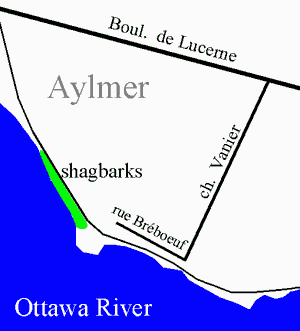I'm guessing 75% of the edibles on these are the hind legs. Maybe I'll have to take up this game. What's interesting about Grey Squirrels around here is they're rather uncommon in forested areas outside of the city. Demise of fur trapping and resurgence of Fishers over the past 20 years have contributed to this. Unfortunately Fishers have the same problem in urban and suburban areas as squirrels do (preyed upon by automobiles) but they don't reproduce 'like proverbial rabbits' and have huge home ranges which see them cross busy roadways constantly. What is equally beneficial about Fishers is they also wreak havoc on fat cats that are allowed to roam free at night.I like the taste of the grey squirrel a lot better than the larger fox squirrel. Quinton, I miss squirrel gravy and homemade biscuits.
Last edited:






